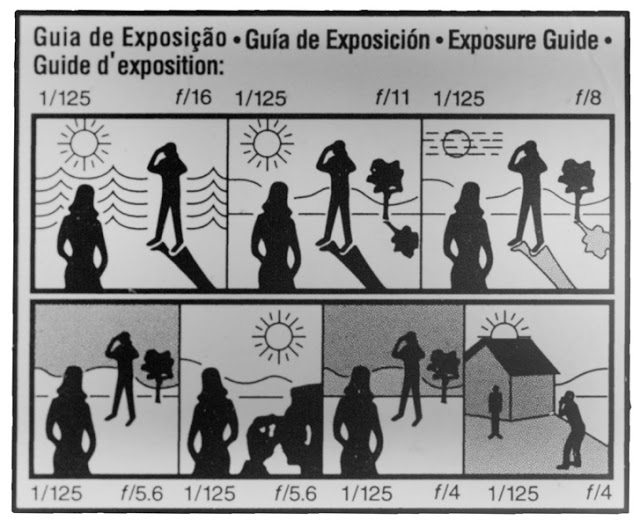Last Updated on 02/15/2017 by Chris Gampat
Pro Tip: The Sunny 16 rule dictates that, on a perfectly shadowless sunny day, you set your aperture to f16 and your shutter speed becomes the reciprocal of your ISO to get the perfect light meter reading.
In our digital world, being able to see our images on an LCD or EVF screen moments after pressing the shutter, the art of being able to see light, to know the approximate exposure of a scene prior to taking a shot, is all a dying art. But back in analog film days this was an essential piece to a photographer’s process.
This lost art is still relevant today and can make you a better digital photographer as much as it made older photographers better film shooters. It’s about seeing light and being able to understand how that light is going to interact with your capture medium, be that digital or film.
Forrest Hill Film Lab over on Youtube has this incredible video that covers almost everything you might want to know about the sunny 16 rule, seeing light, and being able to look at a scene and know about what your exposure should be. It is a little longer than your average quick take on Youtube (about 23 minutes), but for any photographer who may be struggling with exposure, this video will clear it all up for you.
On a personal note, this is exactly how I started getting into shooting my darker black and white style. I started shooting in black and white on my X-Pro 2 so that I could see the light and look for the tones I was wanting. So, if you have a camera now that allows you to shoot in black and white and see it through your viewfinder, I highly recommend this. It has greatly helped me learn how to see light better and my photography has improved by orders of magnitude because of it.


